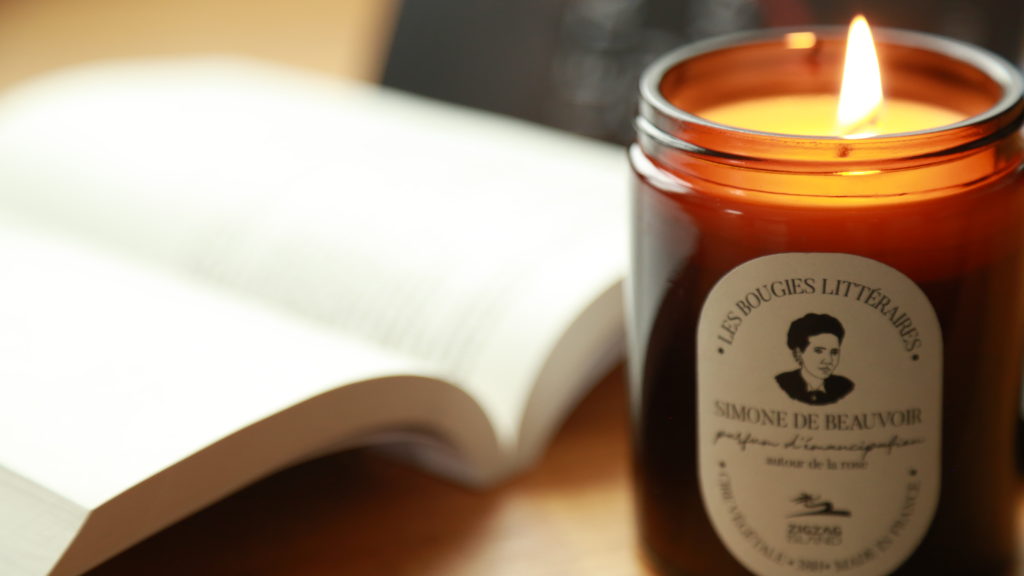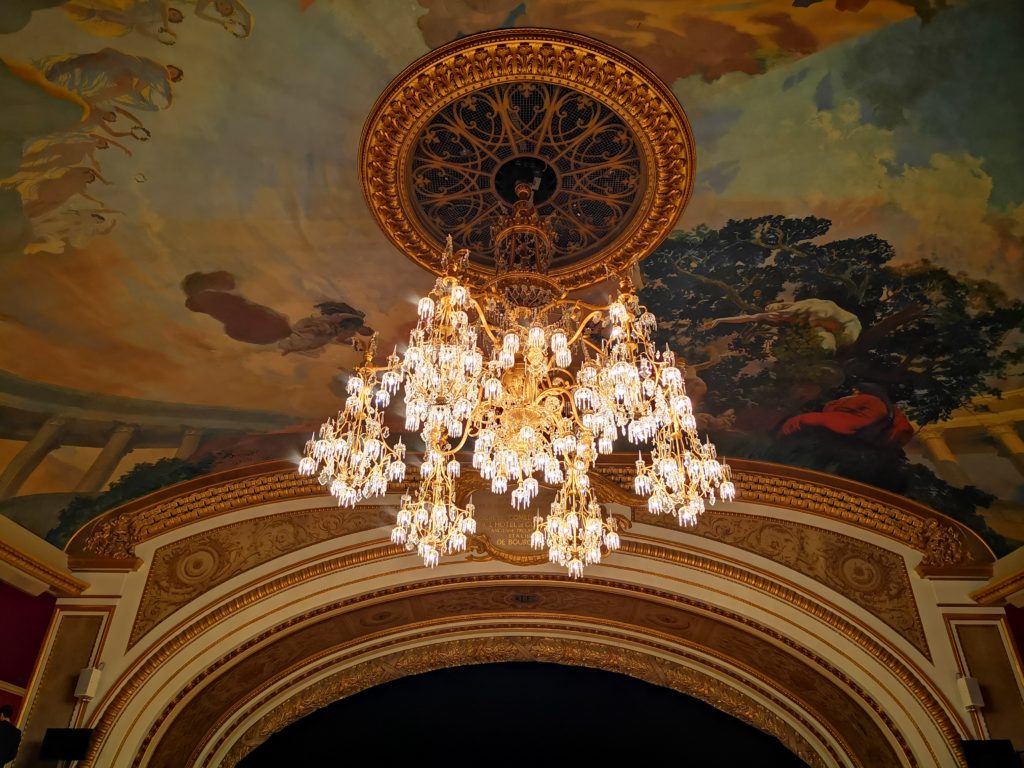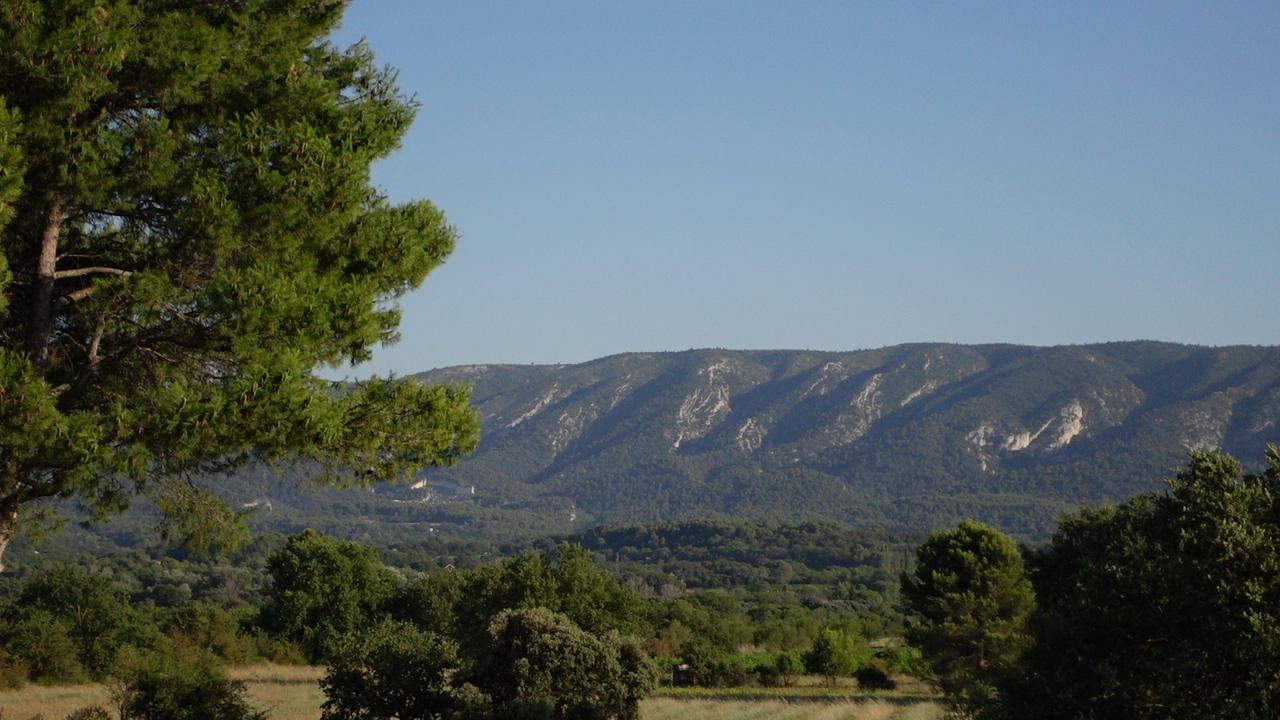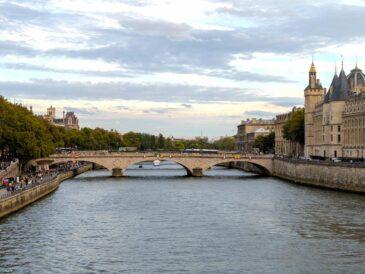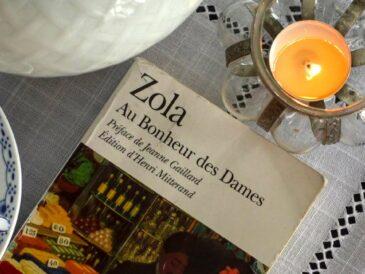Today is my birthday… and being a January child, I have learned to make the best of my birthday despite the exterior surroundings.
Some years I just have a lazy reading day, and others, like this year, I find a pretense to get out and have what Julia Cameron would call an “Artist Date”. A few hours by myself, exploring something I enjoy.
The opportunity to watch a theater play in one of the most iconic places in the world, has been the starting point for my book walk last nigh, on the eve of my birthday, and I decided to take you along. 2022 is a special year for French literature fans, theater fans and history junkies alike, since we are celebrating 400 years since the birth of Molière, the most emblematic character in the French theater world, and one of the major figures in universal literary history.
So I begin my evening walk in the gardens of the Palais Royal, at the heart of a neighbourhood that saw the birth, the success, the marriage and death of the actor and play-writer Jean-Baptiste Poquelin, called Molière. The Royal Palace was built in 1628 by the Cardinal Richelieu, prime-minister of Louis XIII, and great patron of the arts. In building the palace, he ensured a beautiful theater was constructed, that had remained for many years, the most beautiful theater in Paris. Sadly, the great fire of 1763 has destroyed most of the original palace, though the commercial galleries on either side of the gardens still remain, with luxury shops and quaint little antiques in a contrasting cohabitation. They create a historical background for the more recent additions, like Daniel Buren’s columns, that have brought controversy for traditionalists and a breath of fresh air for lovers of art no matter the centuries.
Molière had the privilege of playing his writings in the original theater, but with time, his company moved to other places around Paris. After his death, they continued playing and in 1799, they found a permanent residence in the newly built Richelieu Hall, in the south wing of the Royal Palace, where we can still find them today. La Comédie Française is the only theater in France to have its own crew, therefore a unitary vision in creation, since it is not only a hall, but an institution with an artistic motto : Simul et singulis. Being together and staying faithful to oneself.
One of the most fascinating legends in theater surrounds the death of Molière. On January 17th 1673, on the evening of his fourth performance of The Imaginary Invalid, he started feeling ill during the show. He reportedly managed to finish the play before being rushed to his home, where he died a few hours later. The legend however depicts him dying on the stage, as an ultimate tribute to the art that consumed his days and brought him glory. His last residence where this fatal night took place, was on rue de Richelieu, at number 40, just a few minutes from La Comédie Française. The urban landscape might not be the same, but still, a subtle energy in the air makes me feel connected through time… The Molière Fountain was built in front of his former home in 1844, funded by a national program of individual donations, a crowd funding if you like, in its 19th century version.
Walking the streets of his neighbourhood, I arrive in the eastern extremity of the Louvre, in front of Saint-Germain l’Auxerrois church. This is one of my favourite churches in Paris, both for its obvious beauty and for the stories surrounding it. In 1622, Molière married Miss Armande Béjart in this exquisite gothic church, dating from the late XIIIth century. Even though the bells have been added later on, you can imagine the beautiful chime as they were being wed. The bell tower hosts the most complete carillon in France, with 38 bells in three chromatic tones, whose melody can be heard every hour on the hour. The church is also the reason why the famous Catherine of Medici abandoned the Tuileries palace nearby as her permanent home, since her astologer predicted she would die “near Saint-Germain”. From that day on, she avoided any place related to the Saint, and on her death bed she was living in the Blois castle on the Loire valley. No Saint-Germain nearby, she thought herself safe from harm. Then one day as she was feeling ill, she asked for the local priest to come, and after her confession she asked for his name. To her great shock, he was called Julien de Saint-Germain. So in the end, the profecy got the better of her, and it has stayed with me for many years. When going to Saint-Germain l’Auxerrois, I always reflect on the power of superstition…
Right in front of La Comédie Française, you can find the oldest bookshop in Paris still open, and one of my absolute favourites. Librairie Delamain was founded in 1708, and was originally located under the porches of the Royal Palace, that you remember from a few minutes ago. In 1906 it was moved across the street after a massive fire in the palace, and has been there ever since. Packed with old and new editions, with a dream team of booksellers that can give just the right advice, it is my little heaven for a special lunch break or whenever I leave work, since my office is nearby. They just brought in this wonderful collection of litterary candles, and I found my joy with the one dedicated to Simone de Beauvoir. It is called “perfume of emancipation”, an original birthday wish… Since 2022 is the Molière year, they have many books dedicated to him, and I have found the play I’m going to see tonight. Speaking of which, let’s hurry, it’s almost time !
Every time I go in, I have chills down my spine. I watch the people rushing by and wonder if they realise how lucky they are to be attending a Molière play, right in his house of worship. I pay attention to every detail, and seem to discover something new every time. Like this portrait of Molière as a young man, as I was going up the stairs, or the great chandelier that seems to be frosted in clear January ice. It is a little overwhelming, I must admit, but at the same time, a perfect birthday gift.
Tartuffe is the most controversial of Molière’s plays : banned after the first performance in front of King Louis XIV, rewritten to hide the obvious sarcasm and criticism of the church and its fake worshipers, it has become the symbol of Molière’s style. A witty satyre of the XVIIth century society, the original version presented tonight was recently reassembled through works of “literary archeology” as they call it, by Georges Forestier and Isabelle Grellet. Directed by the famous Ivo van Hove, and with the most exquisite group of actors, it was a triumph.
Coming out of the theater, I always feel like I’m in between worlds. Not ready to leave the stage behind, not yet connected to reality either. So I watch the people, I hear snippets of conversations, I watch the clock and realise it’s almost midnight. My birthday… A day like any other, that I transformed by taking a walk and going to see a play. A celebration fit for me, as I embark on a new year of small joys and hopefully wise decisions.
Thank you for taking a walk with me…
Until next time, enjoy your reading, and your rituals !

